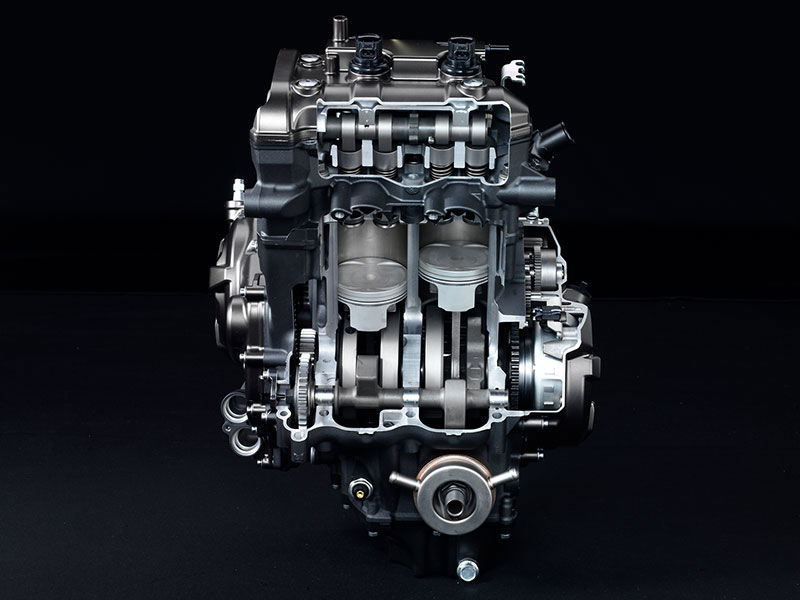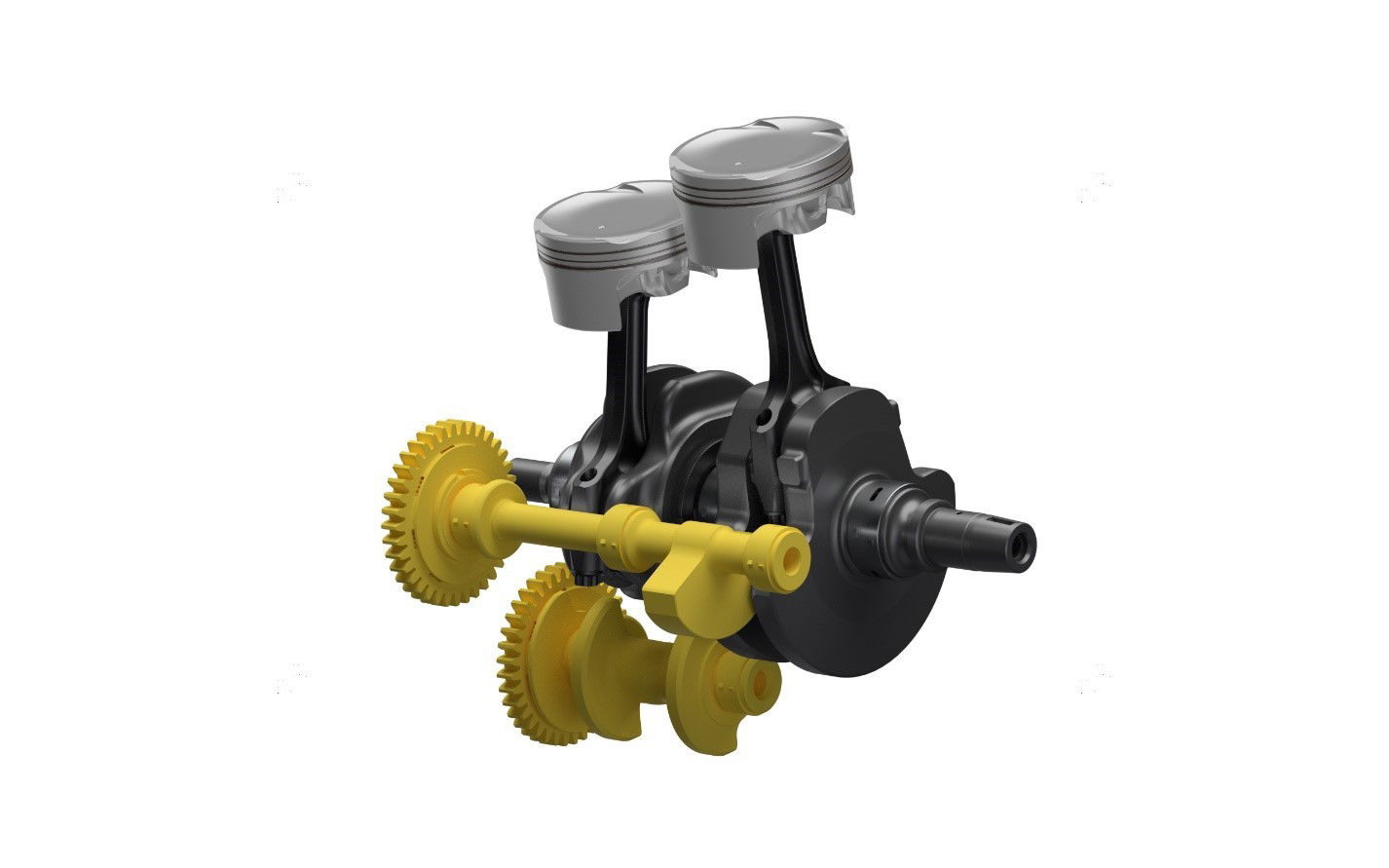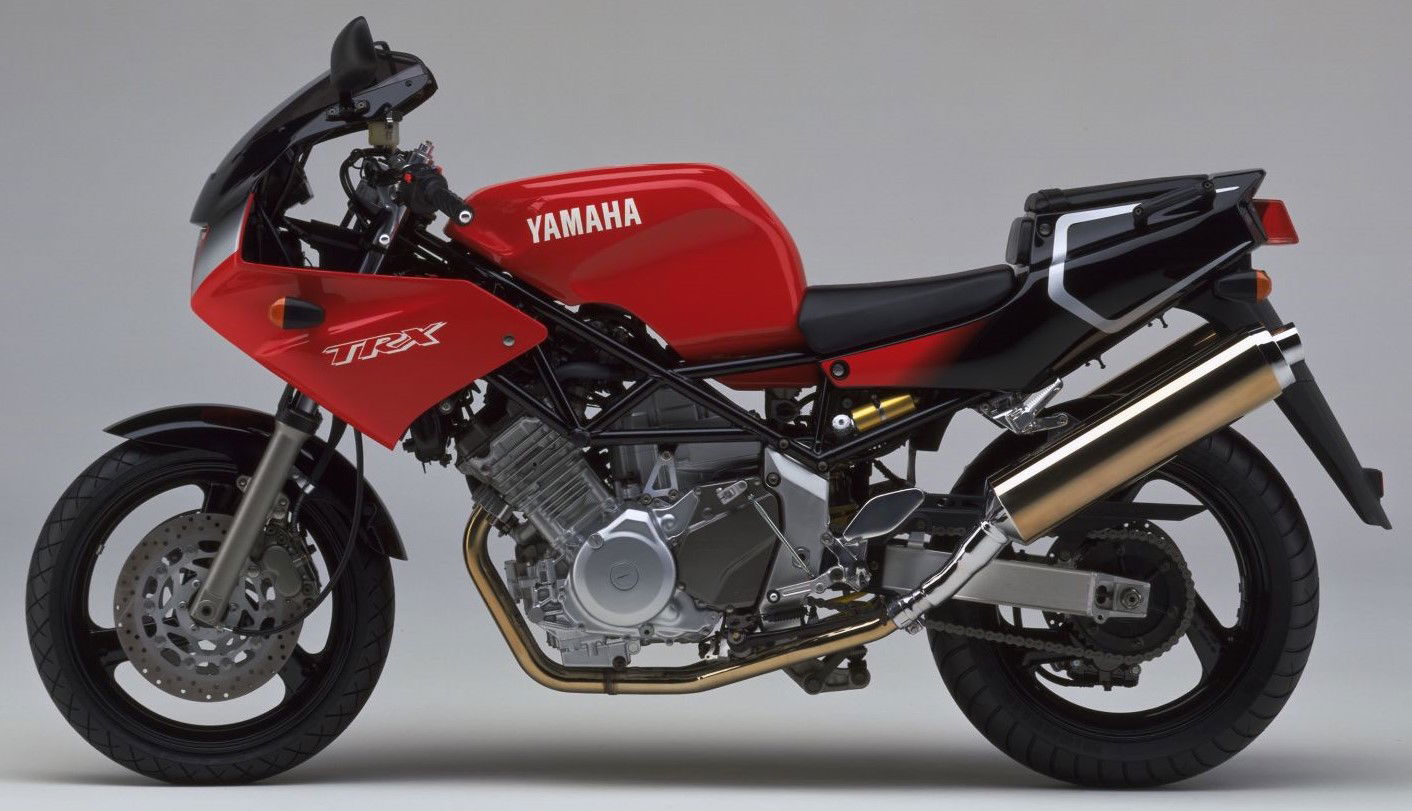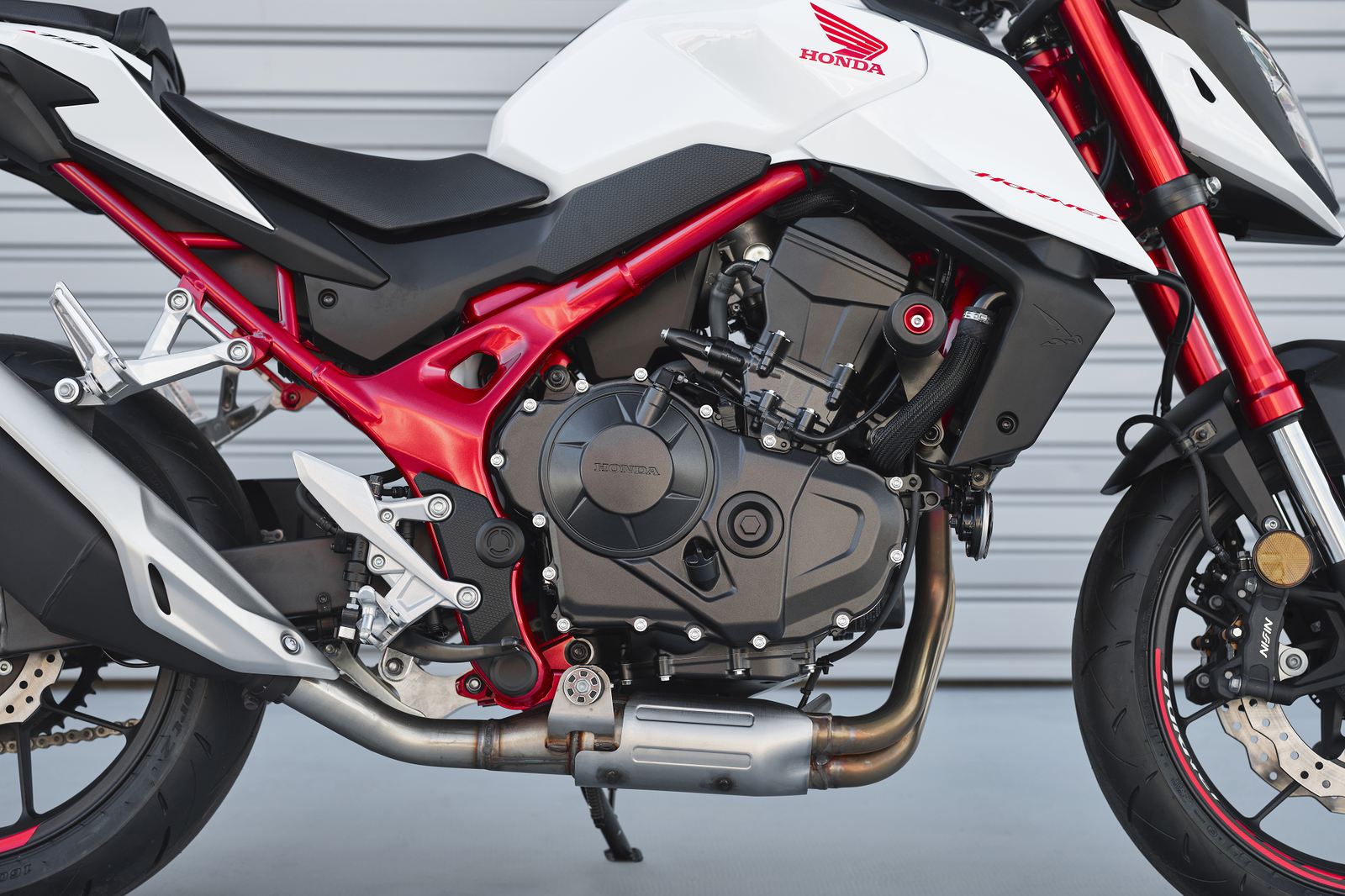What is a 270-degree crankshaft parallel twin and why are they so popular?
Parallel twins with 270-degree crankshafts are becoming increasingly common - here’s how they work and why their use is on the rise

‘It’s powered by a parallel twin with a 270-degree crankshaft’ must now be one of the most written phrases in motorcycle journalism. The popularity of these kinds of engines has exploded in recent years, but how do they work, and why are they getting so common?
As far as the first point goes, it’s all to do with the crank pins, sometimes called journals. It’s these that the big ends of the connecting rods join to - typically, there’s one pin per cylinder. On a more conventional parallel twin crankshaft, the pins face in opposite directions, making it a 180-degree crank.
In these engines, there’s a full rotation of the crankshaft between each cylinder firing and the pistons move in opposite directions. Because you have one piston reaching top dead centre (TDC) at the same time as the other hitting bottom dead centre (BDC), the forces at play are cancelled out, giving the engine what’s known as perfect primary balance.

Unfortunately, you also get what’s referred to as a ‘rocking couple’, a side-to-side motion within the engine that some riders may find unpleasant - this is often compensated by the use of a balancer shaft actuating counterweights. 180-degree twins also suffer from imperfect secondary balance, referring to the imbalance of mass for every two rotations of the crankshaft. Oh, and they sound like sewing machines.
A different solution is to use a 360-degree crankshaft, which sees both pistons moving in unison, with the firing order alternating between the left and right cylinders for each rotation. There’s no rocking couple, but the primary forces are imbalanced. This configuration has long since fallen out of favour, with manufacturers tending instead to opt for 180-degree cranks, or increasingly, 270-degree setups.
Animiation via Wikimedia Commons/MichaelFrey
As hinted by the name, the crank pins are spaced 270 degrees apart here. That means after one piston fires, the crankshaft needs to rotate 270 degrees before the other does its thing. The primary forces aren’t balanced, which is countered by the use of a balancer shaft.
You still get a rocking couple, but as the firing order is offset, the effect is less pronounced. The pistons are also always moving, unlike in a 360 or 180-degree twin, reducing inertia. Plus, the secondary forces in a 270-crank twin are balanced.
Most riders probably won’t care one bit about any of that. What they will be more interested in is character - this offset firing order gives an otherwise humdrum parallel twin exotic, V-twin-like nature. Yes, you get vibrations, but they’re the sort bikers tend to like.

Suzuki's Twin Balancer System (in yellow)
You could use an actual V-twin to achieve this, but a 270-degree parallel twin has myriad benefits over the ‘real deal’. It’s a much more compact engine that’s easier to package, and a less complicated one, featuring one cylinder head instead of two, reducing the number of moving parts and thus cost.
Production 270-degree twins first arrived via Yamaha via its TRX 850 (the first bike I ever owned, as it happens) and TDM in the mid-1990s. The Japanese manufacturer became a major proponent of the configuration in the 2010s with its ‘CP2’ engine (the CP standing for ‘crossplane’, as it does for the CP4 inline-four that works on a similar principle), now powering various bikes including the MT-07, R7, Tenere 700 and the Fantic Caballero 700.

Plenty of other manufacturers have gone in the same direction. BMW’s parallel twins switched from 360 to 270 cranks a few years ago, and Triumph has done the same. Some manufacturers meanwhile are replacing V-twins with cheaper-to-make, easier-to-package 270-degree parallel engines.
KTM’s middleweight bikes have all gone from Vs to parallels (albeit with a 285-degree crank), while the Suzuki SV650’s indirect successor, the Suzuki GSX-8S (plus the fared GSX-8R) uses an all-new 776cc parallel twin with - you guessed it - a 270-degree crank. That same engine is already used in the V-Strom 800 RE and V-Strom 800 DE middleweight adventure bikes.

Honda has been using 270-degree twins for a while, but their usage for the brand has only gotten more common - just look at the reborn Africa Twin (whose ancestor used a V-twin) and the CB750 Hornet.
A few major companies are yet to make the jump. Ducati is dogmatically sticking to V-twins (which it calls ‘L-twins’ due to their 90-degree bank angle), and given the heritage angle, plus the fact that it isn’t as worried as other firms about cutting the bottom line, means that’s highly unlikely to change. Kawasaki’s 649cc twin is of the 180-degree variety, but it does make up for this ‘lesser’ configuration with some fruity intake noise.


